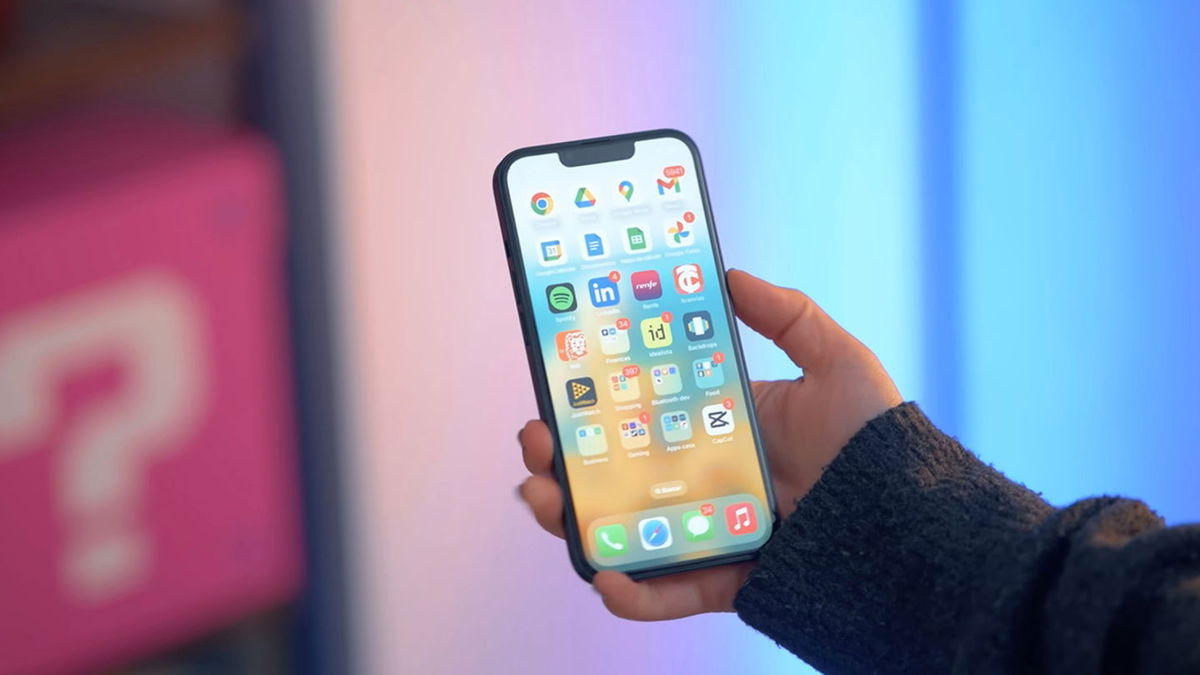After many tugs of war, it seems that finally WHO Committee on Cancer (IARC) will classify in July as possible carcinogen one of the most commonly used sweeteners in products such as light soft drinks or chewing gum: aspartame.
The statement has not yet been officially released, and companies selling this type of product have already begun to protest against the decision, which, in their opinion, may be confuses consumers. They are based on the fact that it is only a possible carcinogen, and not a definitive carcinogen, and, in addition, it does not indicate the dose at which aspartame can become dangerous to use.
Experts in food technology and nutrition they are to be expected because at the moment the ongoing studies are rather mixed, so we will have to wait for the reports presented by the WHO before the declaration. Even so, that it is clear how well a food technologist remembers Miguel Angel Luruena in a thread on his Twitter account, is that with this type of product, it is usually not the sweetener itself that is most dangerous, but the rest of the ingredients. And the fact is that, no matter how much aspartame is in a soft drink instead of sugar, it is still very poor in nutrients and contains other substances. non-recommended ingredients. At the moment, this is what should be emphasized in communication with consumers, but, of course, it is also important that it is possible carcinogenic ingredients.
What do we know about the safety of aspartame?
Aspartame is a very low calorie sweetener. about 200 times sweeter than sugar. It was discovered quite by accident when, in 1965named scientist James M. Schlatter he was researching a cure for ulcers. He accidentally dropped some on his hand. And, for unknown reasons, he came up with the idea to lick it off. Thus, he realized that it had a sweet taste and that it might have a very different use than the one he was studying. It has since become one of the most widely used sweeteners and is now responsible for the sweetness of 60% of the low calorie foods on the market. First of all, it is in light carbonated drinksbut also in chocolate, chewing gum, ice cream and more.
At first, this synthetic sweetener was not thought to be a health hazard. However, in 2005 European Foundation for Oncology and Environmental Sciences Ramazzini prepared a study in which he pointed out the possible risks of this sweetener. Apparently, they found a certain relationship between its consumption and the appearance lymphomas and leukemias in laboratory rats. Not surprisingly, with the publication of this study, panic spread, so the food authorities rushed to investigate its results.
EFSA recommendations
He was the first to announce his position European Food Safety Authority (EFSA). This indicated that the Ramazzini Foundation study did not provide sufficient evidence for its association with cancer. In addition, there wasbasic imitationssince many rats have previously had respiratory infections and have been allowed to survive into the later stages of their natural life, they may have developed cancer for other reasons.
However, his own researchers took it upon themselves to analyze the possible risks and came up with a safe dose. The full report was published in 2013, stating that the tolerable daily intake of aspartame is 40mg/kg body weighttherefore, you would have to drink an almost inhuman amount of soda for the sweetener to be considered dangerous.
Why did they change their mind?
Actually, it’s about various institutions. The EFSA guidelines continue to talk about safe doses of aspartame. However, the WHO claims that it has reports justifying the classification of this sweetener as a possible carcinogen.
However, several factors must be taken into account. First, IARC group 2 possible carcinogens are those for which there is no conclusive evidence of carcinogenicity.
In fact, many everyday substances were in the same group and ended up in the third group, which has non-carcinogenic substances. This is the case with coffee, for example. At 2 we still find hot drinks, for example. As well as gases from the combustion of vehicles. There is no talk of doses, so, in principle, EFSA recommendations. However, manufacturers of sweetened products are encouraged to look for alternatives.
Will it make sweetened foods healthier? Probably no. Even if the monkey is dressed in silk, he will remain. And even if soda changes its sweetener, it will still be a lousy nutritional alternative. Let’s stop there and carefully wait for the July resolution.
Source: Hiper Textual













